The 13 viral marketing laws 🏛️
Thompson's law, Godin's law, Chen's law, and 10 others.
Most marketing advice is garbage.
Lots of fluff about “growth hacking” and “secrets” - but zero mention of the viral marketing laws that actually move the needle.
Some of these laws are common knowledge. Others are secret weapons that experts rarely share.
ALL of them will save you time, money, and headaches.
(I wish someone had told me these earlier)
Here are the 13 laws every marketer should know:
Thompson’s law
Purple cow law
Golden hour law
Anti-polish principle
Law of shitty clickthroughs
Gladwell’s law
Me-first law
The expertise curse
Matthew’s advantage
The 90-9-1 rule
Shareability spectrum law
Post-purchase rationalization law
Reactance theory
Let’s explain each law + how to use it.
1. Thompson’s Law
Posts don’t simply “go viral”. Huge accounts make them viral. (-Derek Thompson)
You probably imagine viral content spreading slowly like a virus:
But it actually explodes when one “mega-account” blasts it to their massive audience:
Thompson studied this by tracking popular content backwards. He found that what we call “viral” is usually just “broadcast” - one source with a huge platform sharing to millions at once.
True person-to-person viral spread? Almost never happens.
How to use it
Stop trying to get 1,000 regular people to share your content. Instead, make a list of 10 people with huge audiences in your space. Study what they share, then create content specifically designed to make them hit “repost”.
The next 12 laws show you exactly how to do that.
2. Purple Cow Law
Different gets shared. Familiar gets ignored. (-Seth Godin)
In a world of brown cows → only the purple one gets noticed. Be purple.
Liquid Death sells water in beer cans with death metal branding. They’re worth $1.4 billion. For selling water!
How to use it
Look at your top 5 competitors’ content. Now do the exact opposite. Serious industry? Be funny. Corporate language? Talk like a human. Everyone using stock photos? Use hand-drawn illustrations.
Weird wins, normal loses.
3. Golden Hour Law
Algorithms judge content in the first 60 minutes.
The first 60 minutes after posting determine whether algorithms will amplify or bury your content.
How to use it
Treat big posts like product launches. Schedule them when your team is online and ready to engage immediately. Create a WhatsApp group with 5-10 friends who can comment within the first hour.
The algorithm doesn’t care about quality. It cares about momentum.
Feels silly but it works.
4. Anti-Polish Principle
The most shared content looks like it wasn’t meant to be shared.
Overly polished content feels AI-generated and inauthentic, while scrappy content with strategic “flaws” (like typos) feels human.
LinkedIn’s most viral post ever? A woman who swapped her professional headshot for a no-makeup selfie. 850,000+ likes.
Because it was human and NOT polished.
How to use it
Typos, behind-the-scenes shots, and iPhone videos are good enough. They often even outperform studio productions. People want authenticity in a world of cringey AI content.
5. Law of Shitty Clickthroughs
Every marketing tactic eventually stops working. (-Andrew Chen)
Cold email used to work. Then everyone started cold emailing. Now it’s spam. Instagram posts used to reach 30% of your followers organically. Now it’s 3%. TikTok ads are already getting expensive.
Every effective tactic gets worse over time as more people use it.
How to use it
Become an early adopter of new platforms while they still favor creators over advertisers. When everyone starts talking about a new channel → you’re already too late. Test weird, experimental platforms that others ignore.
The money is in the channels nobody else is using yet.
6. Gladwell’s Law
Word-of-mouth needs the right messengers. (-Malcolm Gladwell)
Word-of-mouth isn’t random - it’s driven by three specific types of people: Connectors (people with huge networks), Mavens (love sharing knowledge), and Salespeople (natural persuaders).
How to use it
Go through your customer list right now. Find people with 5,000+ LinkedIn connections (Connectors), customers who send detailed feature requests (Mavens), and anyone who’s referred others without incentives (Salespeople). Give these people exclusive access, early previews, and special recognition.
1 connector sharing your content > 100 regular customers.
7. Me-First Law
People don’t care about you. They care about themselves.
Count the sentences on your homepage that start with WE versus YOU. I bet “we” wins.
How to use it
Audit your website copy. Replace every “we help you” with “now you can”. Make your customer the hero of every story, your product the sidekick.
8. The Expertise Curse
The more you know = the worse you explain it.
Three months into any job, you start speaking like a robot. “Leverage holistic solutions to optimize your workflow”.
How to use it
Read your content out loud to someone outside your industry. If they look confused, rewrite it. Use the “mom test” - if your mom wouldn’t understand it, simplify it. Replace industry terms with everyday language. Clarity beats cleverness.
9. Matthew’s Advantage
To those who have, more will be given (Matthew 13:12)
Looking successful makes you successful.
When Gong was tiny, they bought 15 seconds of Times Square billboard space for a few hundred dollars. They photographed it, made it look like a massive campaign, then amplified those photos everywhere.
How to use it
Find clever ways to appear bigger than you are: Buy a small ad in a prestigious publication instead of a big ad in an unknown one. Speak at a tiny panel at a major conference rather than keynoting a small event. Use “as seen in” badges even if your mention was just one sentence.
People follow winners… even fake ones.
10. The 90-9-1 Rule
In any online community: 1% create content, 9% engage, 90% just watch.
This happens everywhere - Reddit, YouTube, your product forums… Only 1% actually share things.
Reddit became billion-user by obsessively catering to their 1% of creators. Karma, awards, mod privileges - all designed to keep rare content creators motivated.
How to use it
Identify your 1% of power users who create content about you. Give them exclusive access, early previews, and recognition. Make it ridiculously easy for your 9% to engage - one-click sharing, simple reactions. The 90% will follow naturally.
11. Shareability Spectrum Law
Job titles predict sharing behavior.
Some people are natural sharers. Others would rather eat glass than post on LinkedIn.
How to know who is who? Truth is, it depends on the job title.
I learned this while building content for Data Protection Officers (DPOs).
Amazing stuff, but zero shares.
So we flipped it. Instead of content for them, we made content about them. “Top 10 DPOs” list. Suddenly they shared everything.
Here’s how I see the shareability spectrum in B2B:
How to use it
Create different content strategies by role:
✅ For sharers (sales/marketing): make meme-worthy, quotable content.
❌ For non-sharers (legal/finance): create “Top 10” lists featuring them personally, or case studies that make them look smart to colleagues.
12. Post-Purchase Rationalization Law
The more people pay = the more they talk about your product.
After spending big money, your brain needs to justify the expense. The easiest way? Convince others you made a good decision.
Boom.
How to use it
Create VIP communities for your highest-paying customers. Give them exclusive content to share that makes them look smart for choosing you. The more they paid = the more they’ll work to justify their purchase to others. Premium customers are your best sales force.
13. Reactance Theory
“Don’t do this” works better than “Do this”
This one blew my mind.
Tell someone not to touch something and watch them immediately want to touch it.
“Don’t click this ad” outperforms “Click here”.
“This isn't for everyone” creates more demand than “Perfect for anyone”.
How to use it
Test negative CTAs. Create invite-only versions of your content. Use waitlists even when you don’t need them. People hate being told what they can’t do. Use it.
That’s it
These laws have been working since before the internet existed. They’ll work after whatever comes next.
If this article helped you, please share it with someone else who needs it.
Your shares are why 45,000+ people read this now :)
See you next week ✌️
Tom
— Shoutout to my friend for the inspiration for this article! ♥️



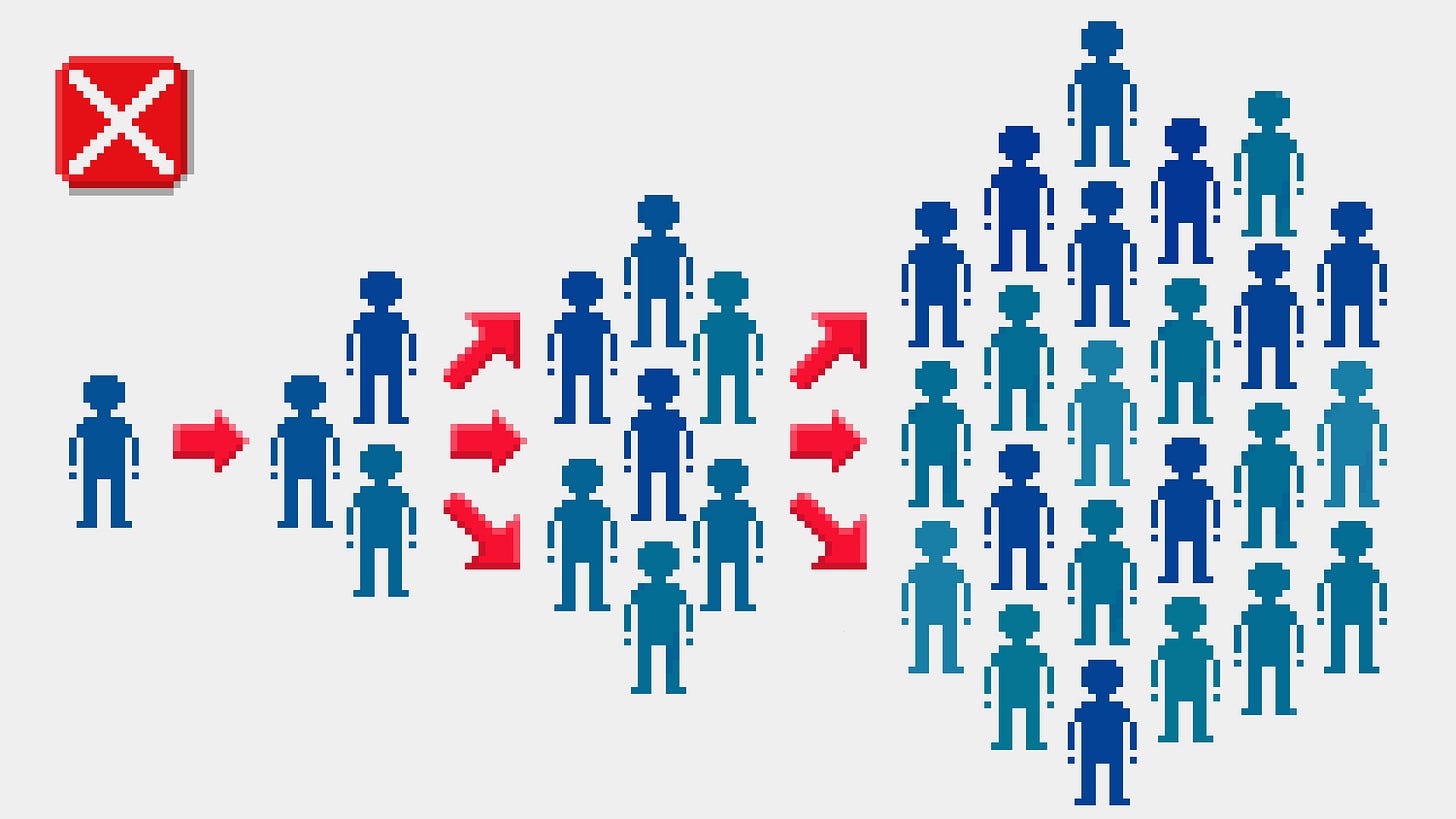
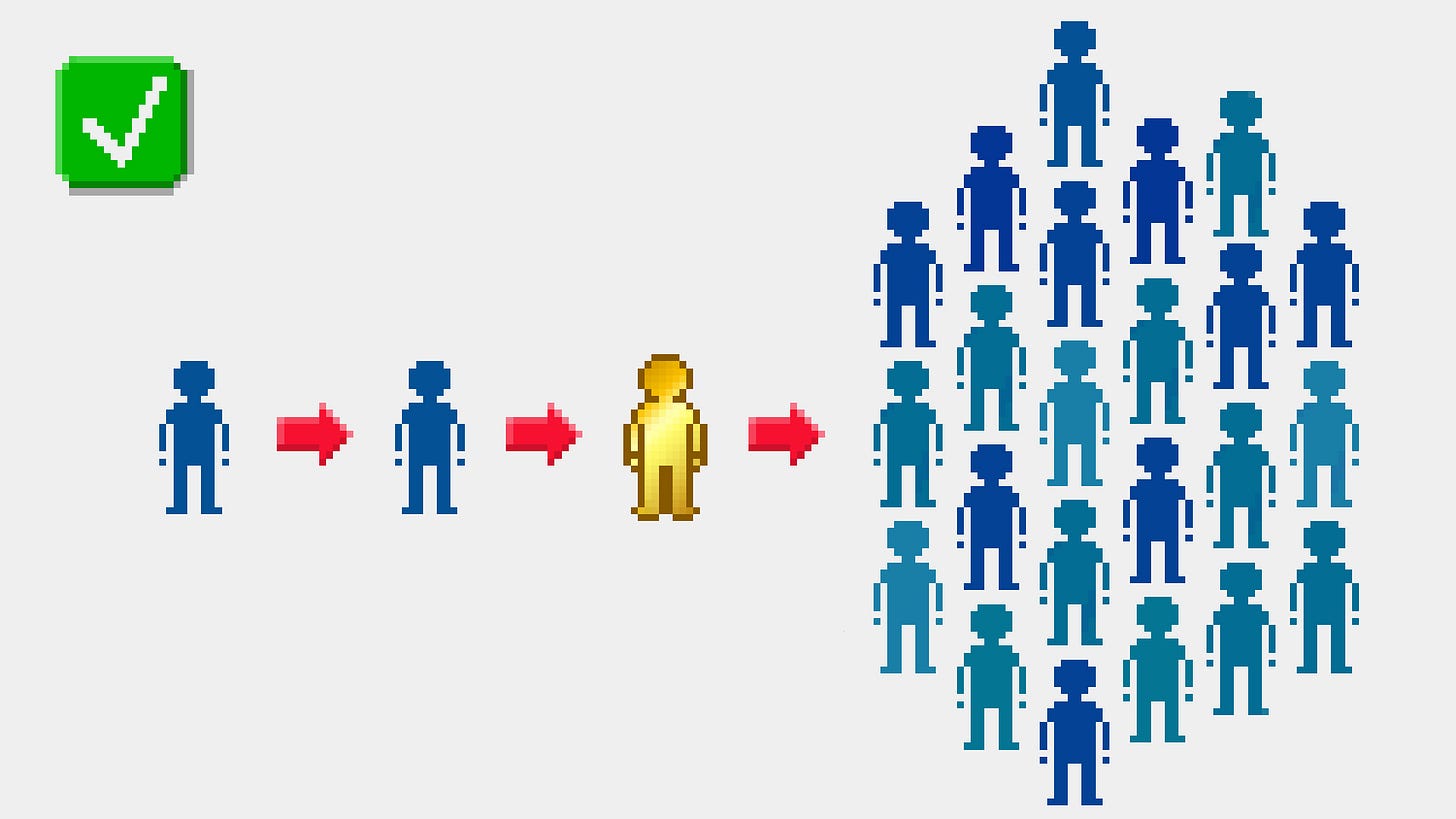
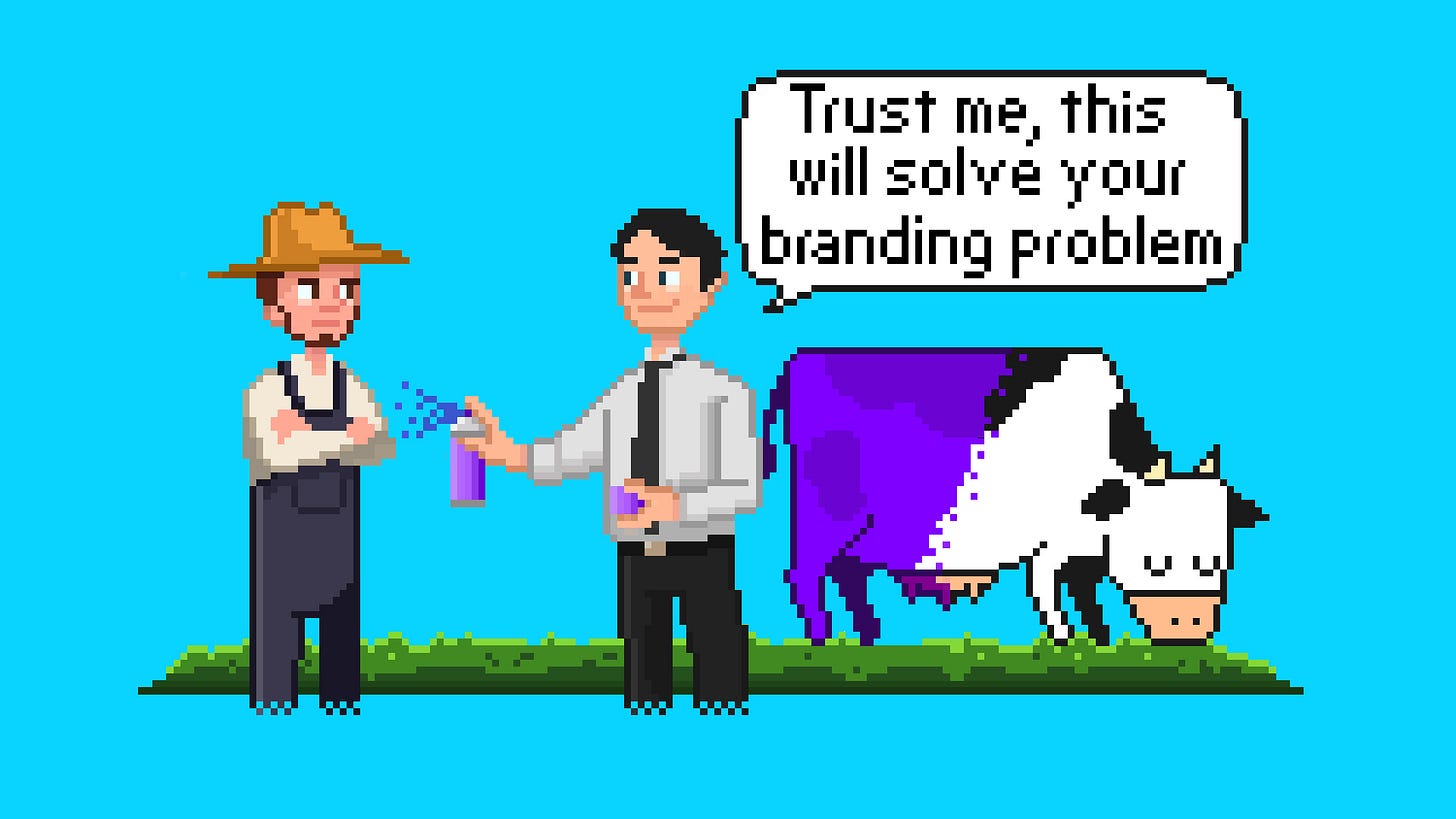
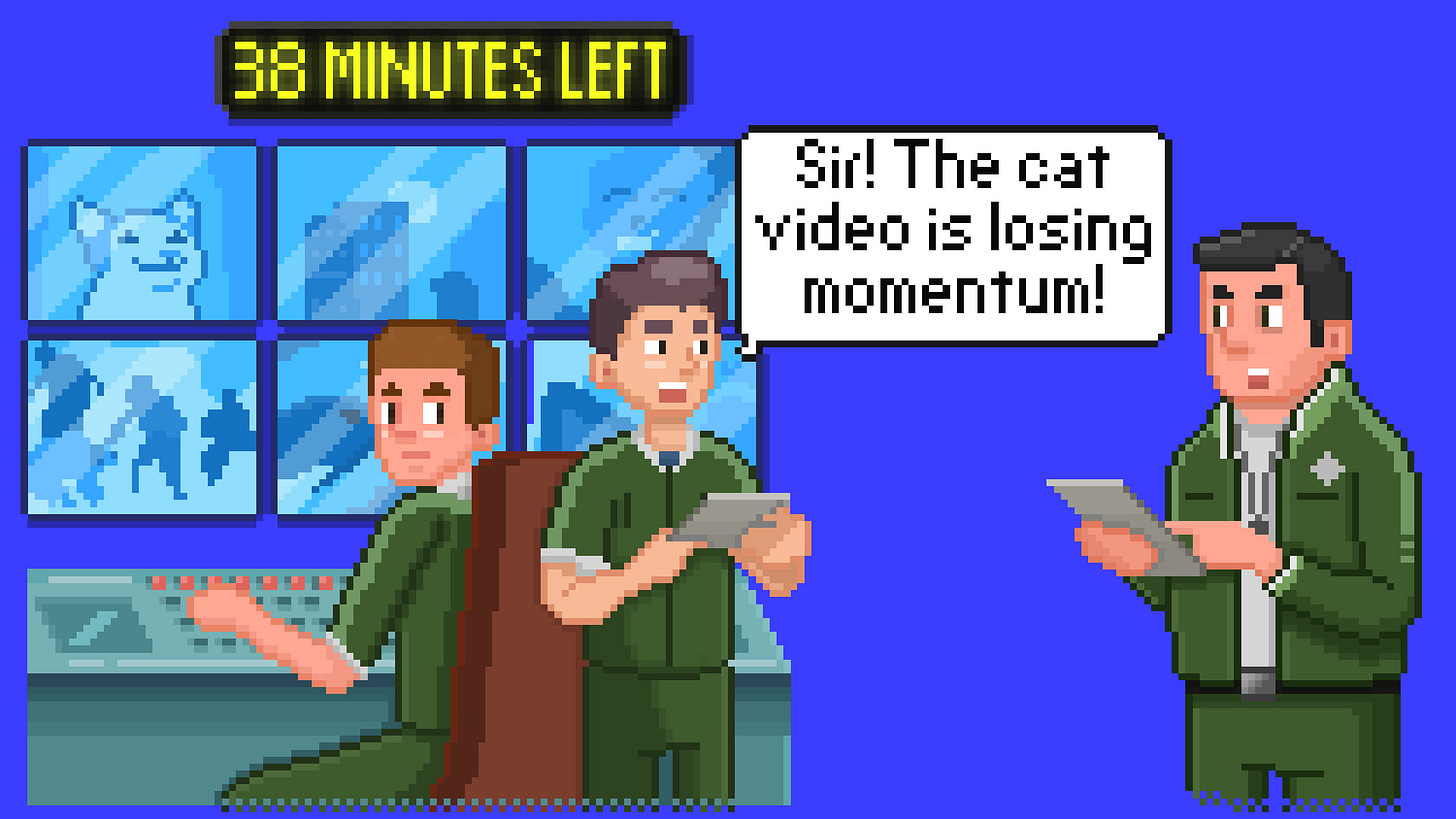

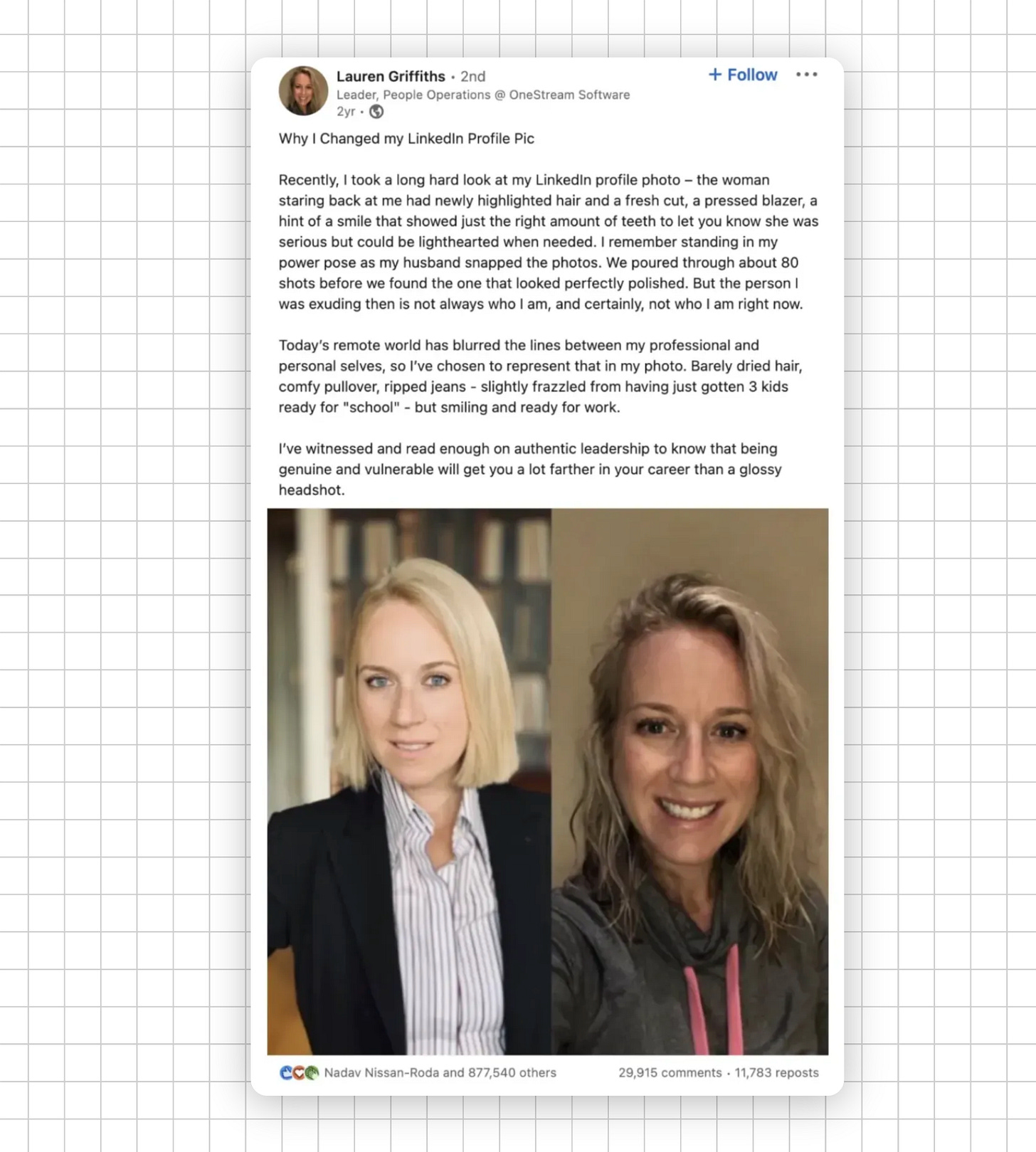

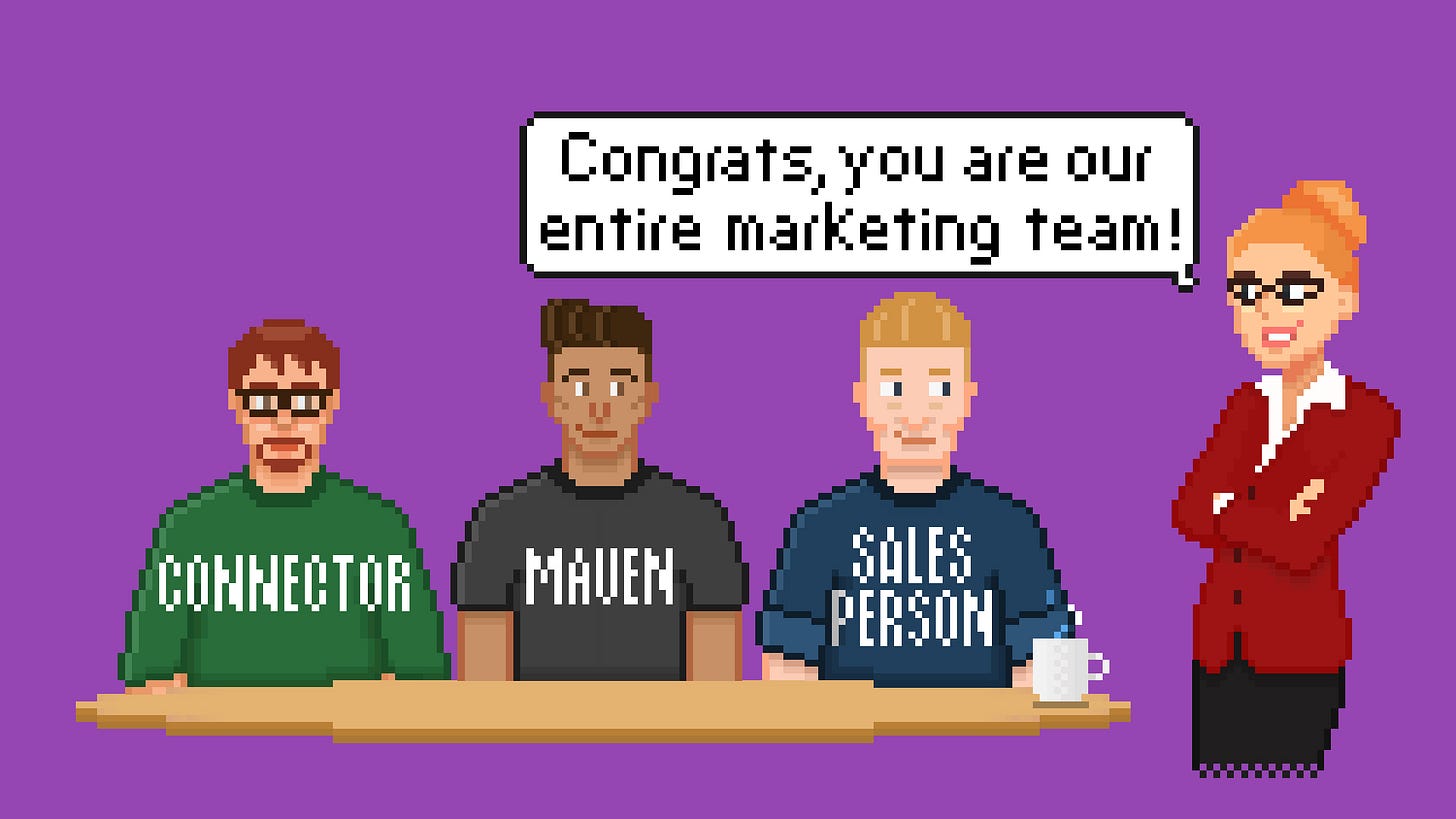

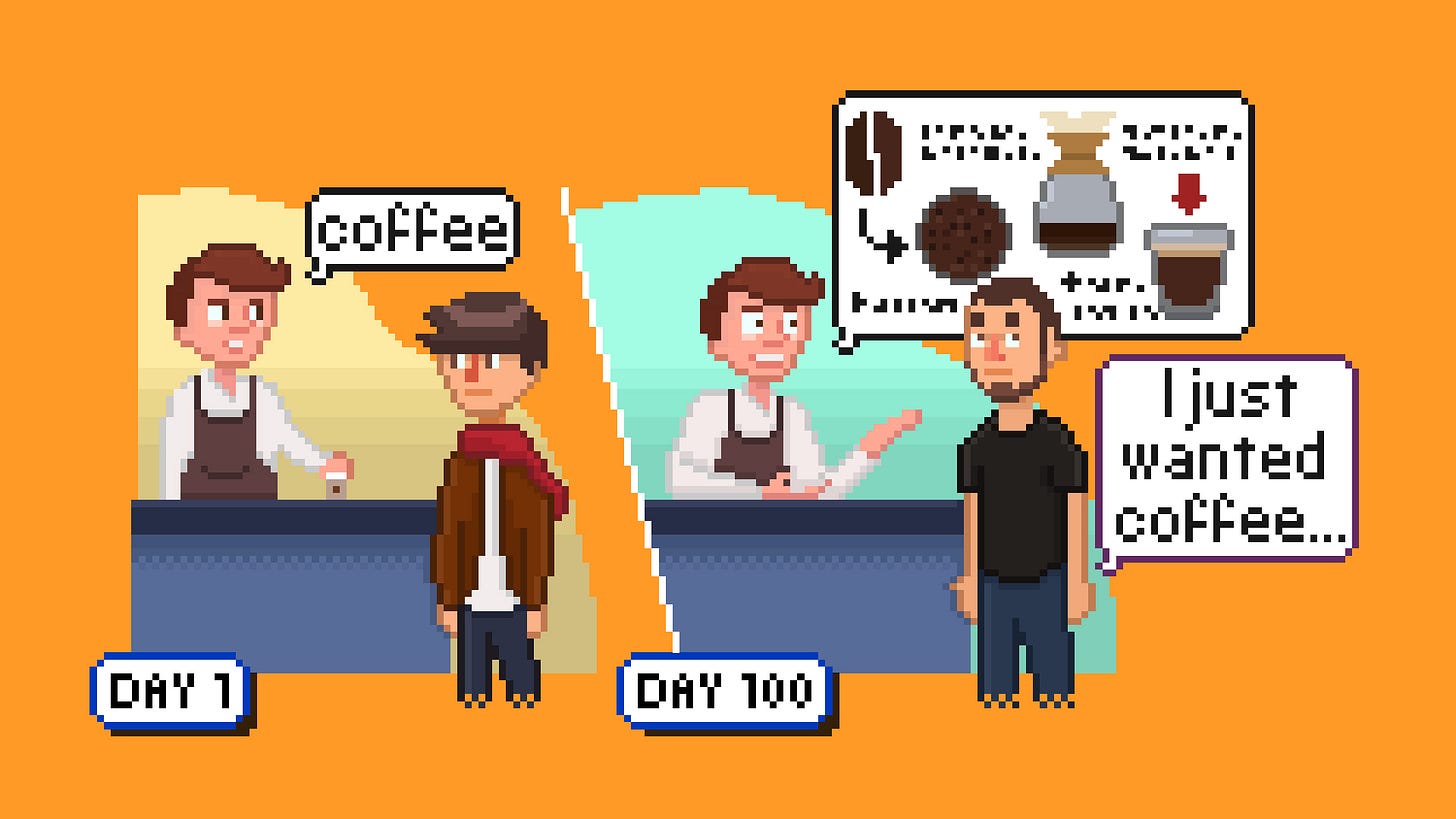
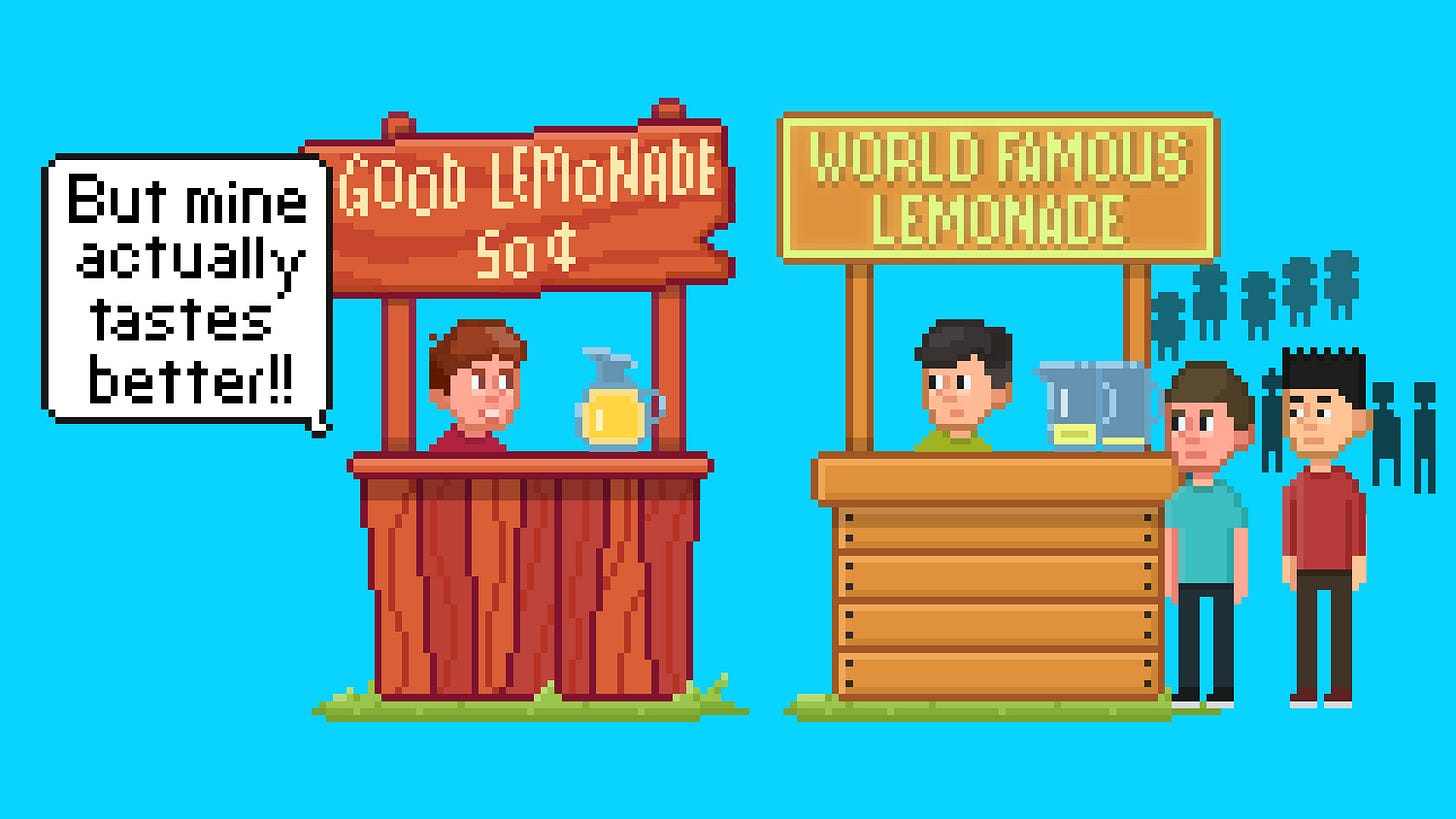
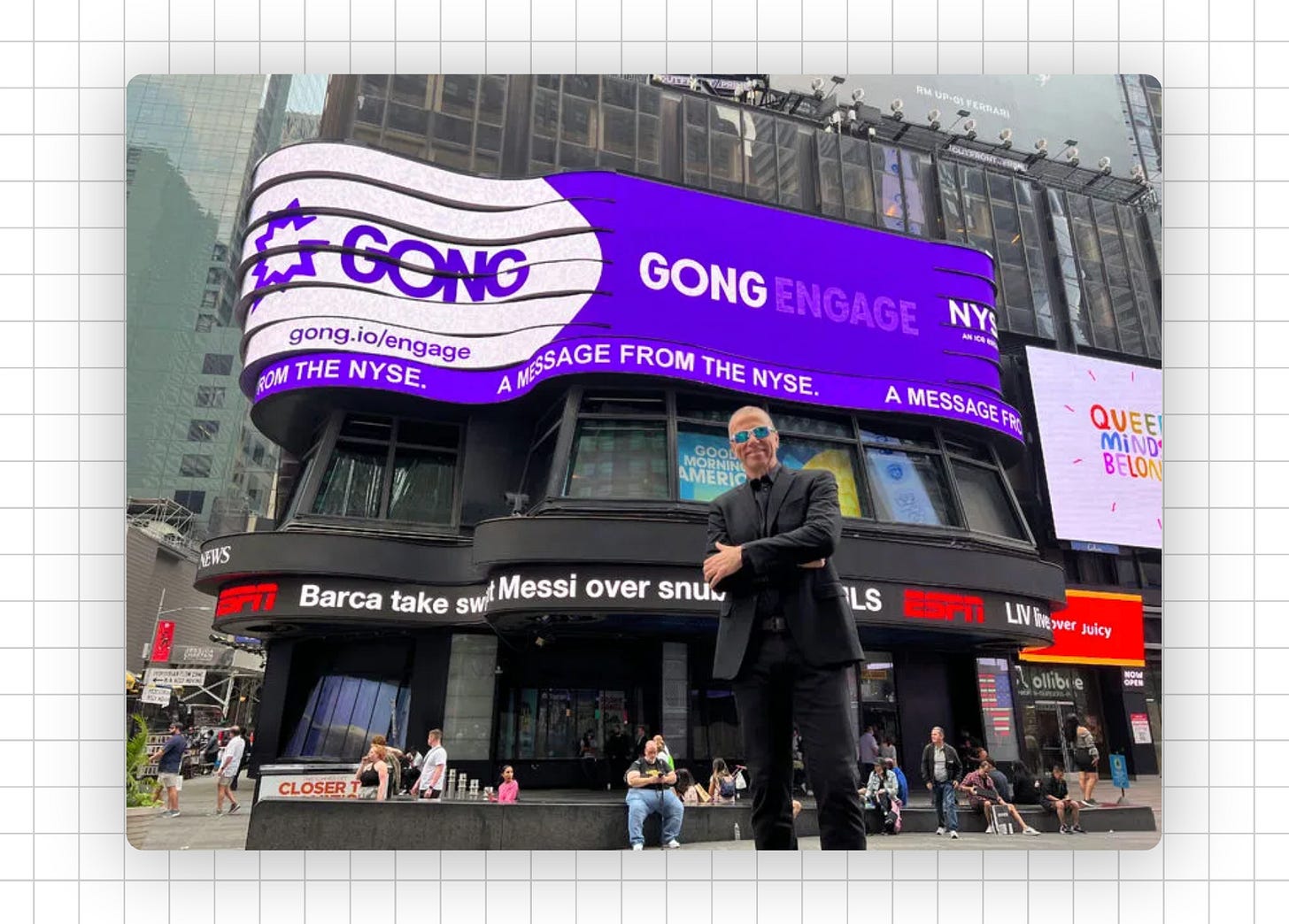
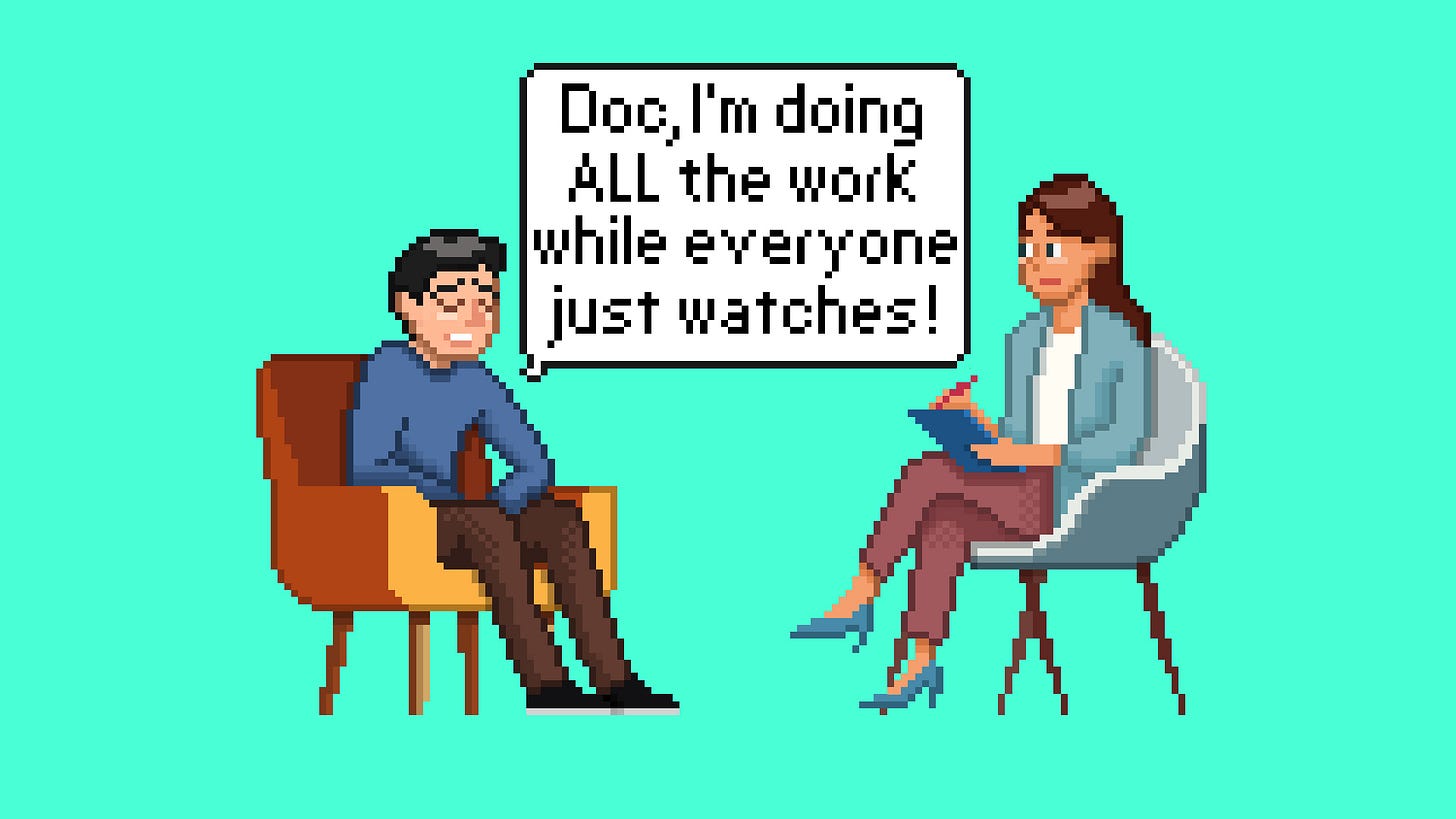

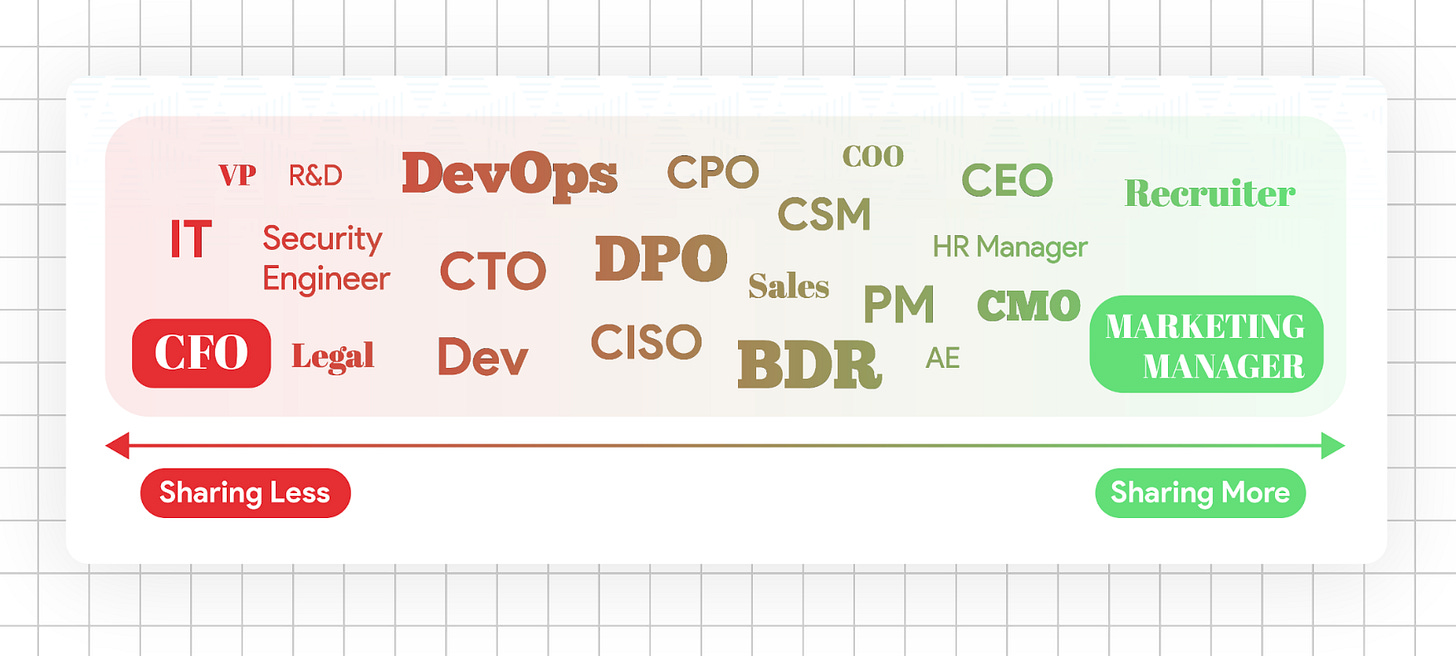



Don’t save this post… unless you actually want to stop wasting years on dead marketing tactics 👀
Love it! I was expecting more of a "If this article helped you, please DON'T share it with someone else who needs it." hahaha